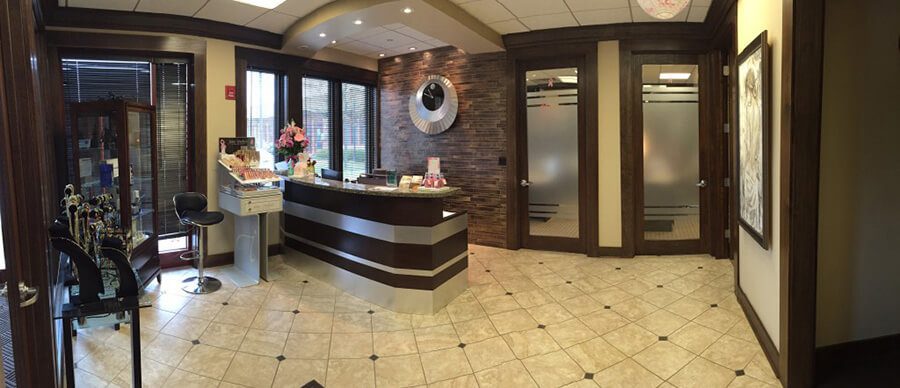Posted in Patient Resources
Working for two plastic surgeons, I come across a fair amount of scars. Post-surgical, acne, keloid, burns, and traumatic lacerations. Each is as unique as the patient and each requires a different treatment plan.
Any cut to the skin will leave a scar. Proper treatment after injury or surgery is key to making them minimally noticeable. There are a variety of treatments that are on the market for scar treatment. Working closely with Doctors and Aestheticians can greatly help guide you to improve the appearance of them.
How to Enhance Surgical Scar Healing
- Perform daily massage
- Apply topical scar ointments
- Take vitamin supplements
- Wear SPF over scar
Scar massage is something simple that you can do at home. Massaging in a Vitamin E ointment two times a day will help keep the tissue nourished and hydrated. The purpose of scar massage is to smooth out the skins collagen and prevent the scar from becoming raised.
Moisturizing the scar is also a very important factor in the healing process. Silicone based ointments and creams are ideal because they provide the skin with hydration while still allowing the skin to breathe. Silicone helps collagen reproduction normalize, and continuous use over time will help make the scars softer and flatter.
Another option of at home treatment is to apply silicone sheeting to a surgical scar. Many different brands of sheeting are available at your local drug store and are an inexpensive option. The sheets should be applied over the scar and left on for hours at a time to ensure delivery of silicone to the healing scar.
Also greatly important, SPF is key to keeping the color of your scar intact. Unprotected scars that are visible to sunlight risk darkening and change in color of pigmentation. Wearing a broad-spectrum SPF 30+ will increase scar protection, and make for a smoother scar transformation.







